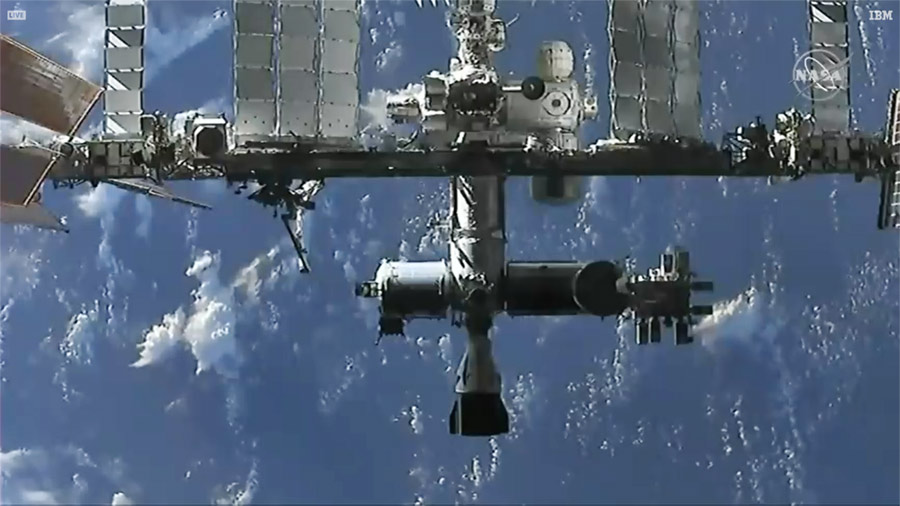NASAs recent resupply flight includes a skin bioprinter; learn more about it.
"It accelerates wound healing and prevents infection, allowing an astronaut in space to resume their tasks," a doctor explained.

Friday, December 24, 2021 | Chimniii Desk
NASA's SpaceX-Dragon spacecraft has delivered numerous items vital for scientific studies to the international space station (ISS), including crew supplies, detergent, and even a skin bioprinter, after launching from Florida's Kennedy Space Center.
While such missions are not unusual and are necessary for astronauts spending months in space, what has caught people's interest is the bioprinter, a portable handheld device that uses a person's own skin cells to generate a tissue patch to cover wounds and accelerate the healing process.
Advertisement
What is bioprinting of the skin?

Skin bioprinting has been recognised as a "new approach for fabricating artificial skin from synthetic and natural building blocks" in numerous scholarly studies, according to pubmed.gov. However, how does tissue engineering operate, a technique used to quicken the healing process?
While we await the findings of the ISS studies, we contacted an expert on Earth. Dr Sachin Dhawan, senior consultant, Dermatology, Fortis Memorial Research Institute, Gurugram, explained that the way our skin heals following an injury is governed by a number of factors, including immunological response and environmental changes.
"As a result, wound healing will be different on a spacecraft or moon than on Earth, due to differences in pressure, gravity, and environment composition. "Three-dimensional (3D) bioprinting for injury restoration entails layer-by-layer deposition of cells and scaffolding materials over wounded areas," he explained.
Bioprinting, according to Dr Dhawan, "enables exact positioning of cell types and the precise and reproducible manufacturing of constructs to replace wounded or damaged regions."
"As a result, this accelerates wound healing and reduces infection, allowing an astronaut, for example, in space to resume their tasks. It's a significant step forward from spontaneous wound healing, particularly for large wounds," he concluded.
Advertisement